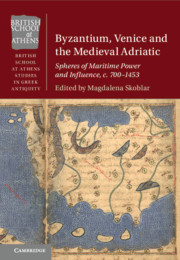This study aimed at evaluating the integrated measles and rubella surveillance system (IMRSS) in Apulia region, Italy, from its introduction in 2013 to 30 June 2016. Measles and rubella case reports were extracted from IMRSS. We estimated system sensitivity at the level of case reporting, using the capture–recapture method for three data sources. Data quality was described as the completeness of variables and timeliness of notification as the median-time interval from symptoms onset to initial alert. The proportion of suspected cases with laboratory investigation, the rate of discarded cases and the origin of infection were also computed. A total of 127 measles and four rubella suspected cases were reported to IMRSS and 82 were laboratory confirmed. Focusing our analysis on measles, IMRSS sensitivity was 82% (95% CI: 75–87). Completeness was >98% for mandatory variables and 57% for ‘genotyping’. The median-time interval from symptoms onset to initial alert was 4.5 days, with a timeliness of notification of 33% (41 cases reported ⩽48 h). The proportion of laboratory investigation was 87%. The rate of discarded cases was 0.1 per 100 000 inhabitants per year. The origin of infection was identified for 85% of cases. It is concluded that IMRSS provides good quality data and has good sensitivity; still efforts should be made to improve the completeness of laboratory-related variables, timeliness and to increase the rate of discarded cases.



